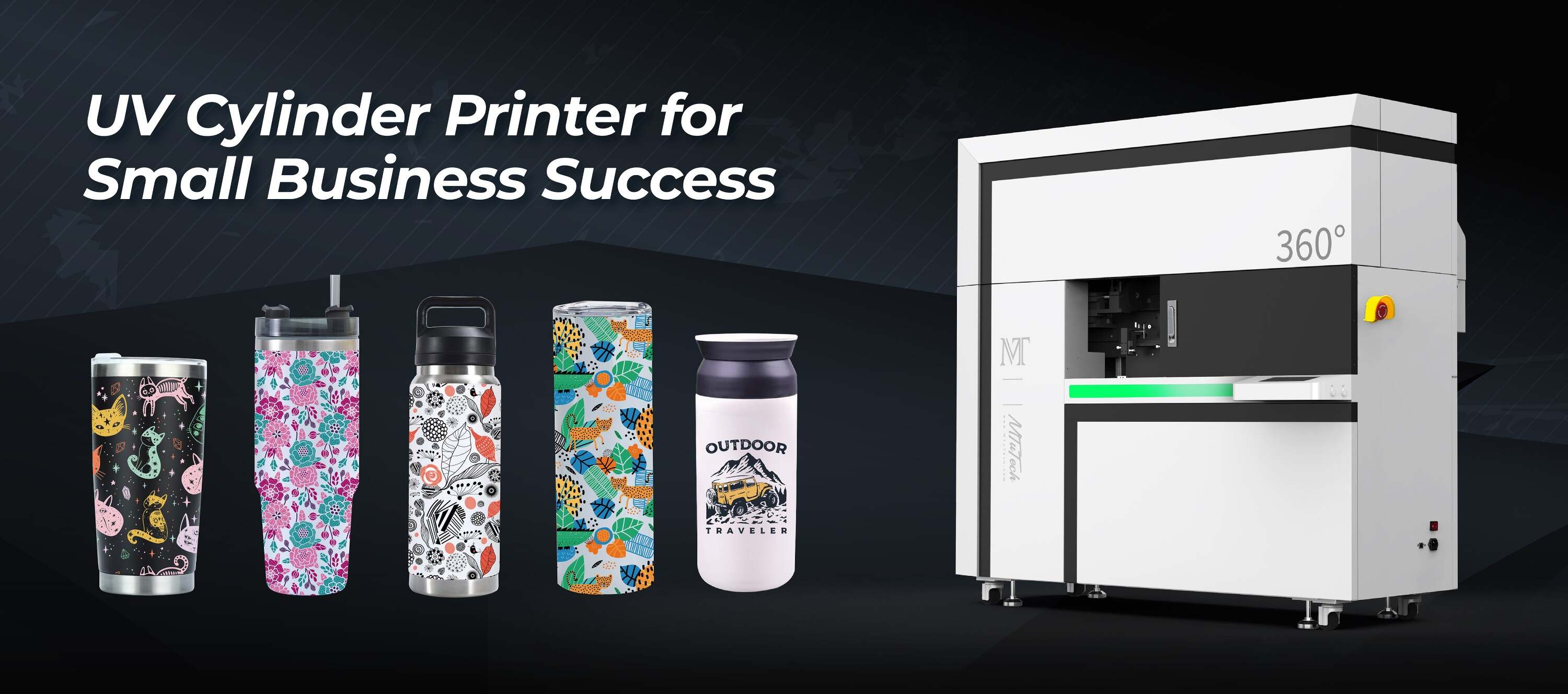Cylindrical Printing on Transparent Surfaces: Tips and Tricks
Introduction
Cylindrical printing has revolutionized the way businesses brand and market their products. Its ability to print on a variety of surfaces, especially transparent materials, has opened new avenues for creativity and design. Whether you're looking to enhance your product’s aesthetic appeal or create unique promotional items, understanding the nuances of cylindrical printing on transparent surfaces is essential. In this blog post, we will delve into the intricacies of this innovative printing technique, share valuable tips and tricks, and provide insights on optimizing your printed products.
Understanding Cylindrical Printing
Cylindrical printing refers to the process of printing on round objects or surfaces such as bottles, cans, and other cylindrical shapes. This type of printing allows for 360-degree graphics, providing a seamless and striking appearance. However, when it comes to printing on transparent surfaces, additional care and technique are required. Here’s why cylindrical printing stands out:
·
Seamless Finish: Achieves a continuous design without visible seams.
·
·
High Compatibility: Works well with various inks, especially UV inks that adhere well to transparent surfaces.
·
·
Versatility: Can be used on different types of cylindrical objects, from glass to plastic.
·
Benefits of Printing on Transparent Surfaces
Printing on transparent materials, such as acrylic or glass, creates dynamic visual effects that allow the product's internal content to shine through. Here are some of the top benefits:
·
Enhanced Visual Appeal: Transparency can add depth and dimension to your designs.
·
·
Brand Visibility: Unique designs can attract more attention and improve brand recognition.
·
·
Customization: The ability to print intricate designs can help personalize products for special events or branding initiatives.
·
Tips and Tricks for Successful Cylindrical Printing
Whether you are a novice or an experienced printer looking to refine your craft, the following tips and tricks will help you achieve the best results:
1. Choose the Right Printer
The foundation of any successful printing project is the printer itself. Consider the following factors when selecting a cylindrical printer:
·
Print Quality: Look for printers that offer high DPI (dots per inch) for crisp images.
·
·
Inks Used: UV inks are ideal for transparent surfaces, offering durability and vibrancy.
·
·
Speed and Efficiency: If you are planning large runs, efficiency becomes critical.
·
For advanced cylindrical printing solutions, explore our high-quality Cylindrical printers here.
2. Surface Preparation
Preparing the surface is paramount for ensuring good ink adhesion. Follow these steps:
·
Cleansing: Wipe the surface with isopropyl alcohol to remove any dust, oils, or residues.
·
·
Drying: Ensure the surface is completely dry before printing, as moisture can affect ink absorption.
·
·
Testing: Do a test print on a sample surface to assess how the ink adheres and responds to the material.
·
3. Design Considerations
When designing for cylindrical printing, keep the following in mind:
·
Wrap-Around Designs: Ensure designs wrap around the cylinder to create a seamless effect.
·
·
Text Placement: Position text in a way that's easy to read when the object is rotated.
·
·
Color Contrast: Use contrasting colors to ensure visibility against the transparent background.
·
4. Calibration and Settings
Correct printer calibration is key to achieving excellent results:
·
Printer Alignment: Ensure that the cylindrical surface is correctly aligned during the printing process.
·
·
Ink Saturation: Adjust the ink saturation levels, especially for transparent substrates to avoid overwhelming designs.
·
·
Speed Settings: Experiment with speed settings to find the right balance between print quality and efficiency.
·
Common Challenges and Solutions
Cylindrical printing on transparent surfaces can present specific challenges. Here’s how to overcome some of the most encountered issues:
1. Ink Smudging
Smudging can occur if the ink doesn’t dry quickly enough:
·
Solution: Utilize UV inks that cure instantly upon exposure to UV light.
·
2. Uneven Prints
Uneven application of ink can lead to less than desirable results:
·
Solution: Ensure proper alignment of the substrate on the printer and verify that the print head height is consistent.
·
3. Color Distortion
Transparent surfaces can distort colors:
·
Solution: Build your design considering the background of the item being printed on. Test prints can help you gauge color appearance.
·
Conclusion
Cylindrical printing on transparent surfaces offers unmatched opportunities for branding and product design. With the right printer, surface preparation, thoughtful design, and attention to calibration, you can achieve stunning results that capture attention and elevate your brand. Remember to continually test and adjust your processes for optimal outcomes, as each project can come with its unique challenges and opportunities. Following the tips and tricks shared in this article will empower you to harness the full potential of cylindrical printing, delivering personalized products that stand out in the marketplace.
FAQ
What types of printers are best for cylindrical printing on transparent surfaces?
UV printers are often the best choice for cylindrical printing on transparent surfaces due to their ability to cure ink quickly and produce vibrant colors that adhere well to transparent materials.
Can I use traditional inks for cylindrical printing on transparent surfaces?
While traditional inks may work, they often don't adhere properly to transparent surfaces. UV inks are recommended for optimal results.
How can I prevent color distortion when printing on transparent surfaces?
To minimize color distortion, test your designs on the actual substrate and adjust colors based on the surface's natural tint. It’s also important to consider the opacity of inks used.
Is it necessary to clean the surface before printing?
Yes, cleaning the surface is crucial to remove contaminants that can affect ink adhesion and overall print quality.
How can I ensure my designs wrap correctly around cylindrical shapes?
Utilize design software that allows you to create wrap-around templates specifically for cylindrical objects. This will help you visualize how the design will look once printed and applied.

